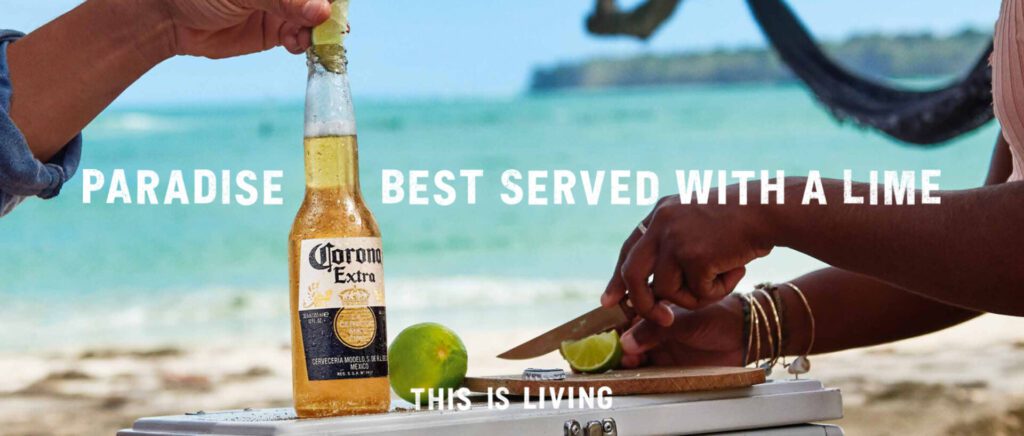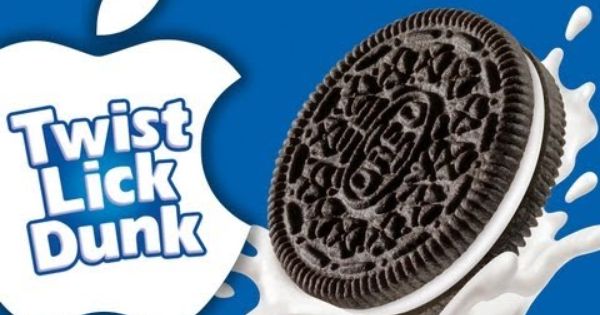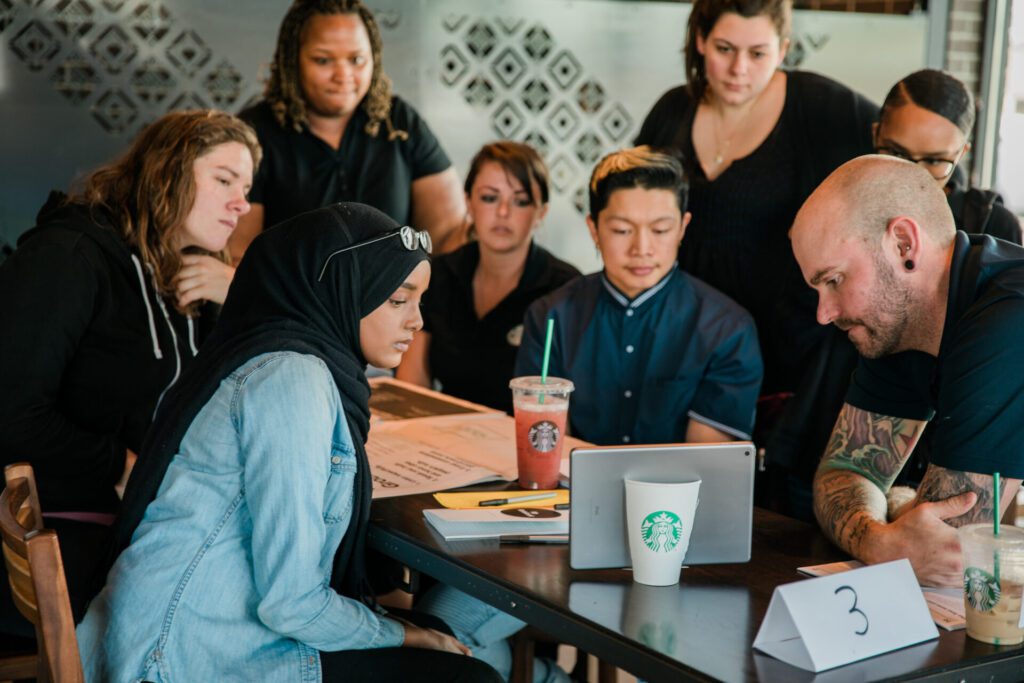A Key to Great Brand Engagement is Brand Rituals

Companies should be aware of the importance of helping consumers feel safe and in control of their emotions. A feeling of community, tribalism, and happy rituals emerges as a result.
Our daily routines are rife with opportunities for brands to cement their place in customers’ lives and become an integral part of their identity.
Humans have an innate penchant for ritual since they are, by nature, creatures of habit. Humans want stability and simplicity via routines. Rituals, on the other hand, don’t change over time as routines and habits do. Instead, they follow a set of rules of behaviour set by an outside authority.
Behaviours, words, actions, or products are done in a certain order to complete a ritual. Rituals are more valuable than habits since they bring about a shift in one’s emotional state and frame of mind.
This kind of behaviour is often associated with
- Particular, small, and commonplace, such as our typical morning routine of drinking coffee while reading the paper and praying before any important activity like examinations
- Breakfast or other meal shared with a large group or family
- Festive and momentous events like weddings or Garba
Therefore, rituals provide a great chance for positioning a brand by linking it with the transition from one mental or emotional state to another, highly desired condition, such as from tension or loneliness to feelings of calm, belonging, and safety.
Customers have a natural need for routine and to feel like they belong, and rituals may be able to meet that need. This makes rituals a good solution if your target demographic doesn’t have a lot of community or engagement. Accepting the need to modify one’s conduct is a sure way to not only get their attention but keep it as well. Customers are more likely to stick with a brand if they are involved in its experience.
How Successful Are Certain Brands in Creating a Sense of Ritual?
Here are some examples of companies that successfully use ritual in ways that may be applied to your own marketing.
Kit-Kat

Competition is stiff for school entrance tests in Japan. Families often pray to the gods at temples and shrines and offer their children good luck charms in the hopes that this will raise their chances of being accepted.
Kit Kat is one product that has gotten a boost from these customs. Kit Kat, when translated literally from its Japanese name, means “You’re guaranteed to win” or “Never fail” in English. Therefore, it is stated that one-third of Japanese students buy Kit Kats before taking an entrance examination, and one-fifth of Japanese students carry Kit Kats to the testing location.
Nestlé has even designed new packaging for this unique event. Kit Kat’s clever naming and marketing have made it a staple in Japan’s admission test preparation practices.
Corona

Using ritual to evoke feeling is a powerful tool, and the combination of Corona and lime is an excellent case in point. Lime has a refreshing, tropical aroma that brings to mind the beach and encourages customers to unwind. The very process of dipping the lime wedge into the bright yellow liquid shouts summertime fun.
We may all participate in this rite, regardless of where we are from or what language we speak. Consumers have an unspoken understanding of the “correct” way to enjoy a Corona. As phoney as it may seem, we can all feel like we belong.
Oreo

Even though the act of twisting off the top and dipping the cookie into milk might be a simple, private ritual, the company has reframed the story of the product to turn the act of eating it into an exciting occasion. They market dessert time as a family bonding tradition that brings people closer together.
Furthermore, it takes advantage of conventional patterns of purchase and consumption. Advertisers may have come up with the “twist, lick, dunk,” but consumers were already using the technique even before commercials began airing on television. By capitalizing on and ritualizing an already established practice, the brand created a strong link between the consumer experience and the brand itself.
Starbucks

There was never a communal way to enjoy coffee until the “Third Place” was created. The “Third Place” concept was developed so that people would have a destination outside of the two extremes of work and home. The company established a hangout spot where individuals could get together, sip coffee, read, or do pretty much anything they wanted.
Starbucks has successfully exploited not just the communal rituals of the Third Place, but also our need for private traditions. Customers loved the ability to personalise their drinks. Because customers were able to tailor their encounters to their own needs, they felt more connected to the brand than ever before.
In general, companies respect the way people are and the habits they have. They often give customers a sense of routine and purpose in their lives. Customers are more invested in the brand, and the brand becomes an organic part of their lives, all while an emotional connection is formed via rituals that enhance the brand experience.
References
https://blog.sparkol.com/why-creating-rituals-is-the-key-to-lasting-brand-engagement
https://www.digitopia.agency/blog/branding-cult-brands-brand-rituals-convey-value-and-build-loyalty
https://retail-voodoo.com/insights/how-brands-use-rituals-to-meaningfully-engage-their-customers/
www.brandingstrategyinsider.com/leveraging-consumer-rituals-for-brand-advantage/



